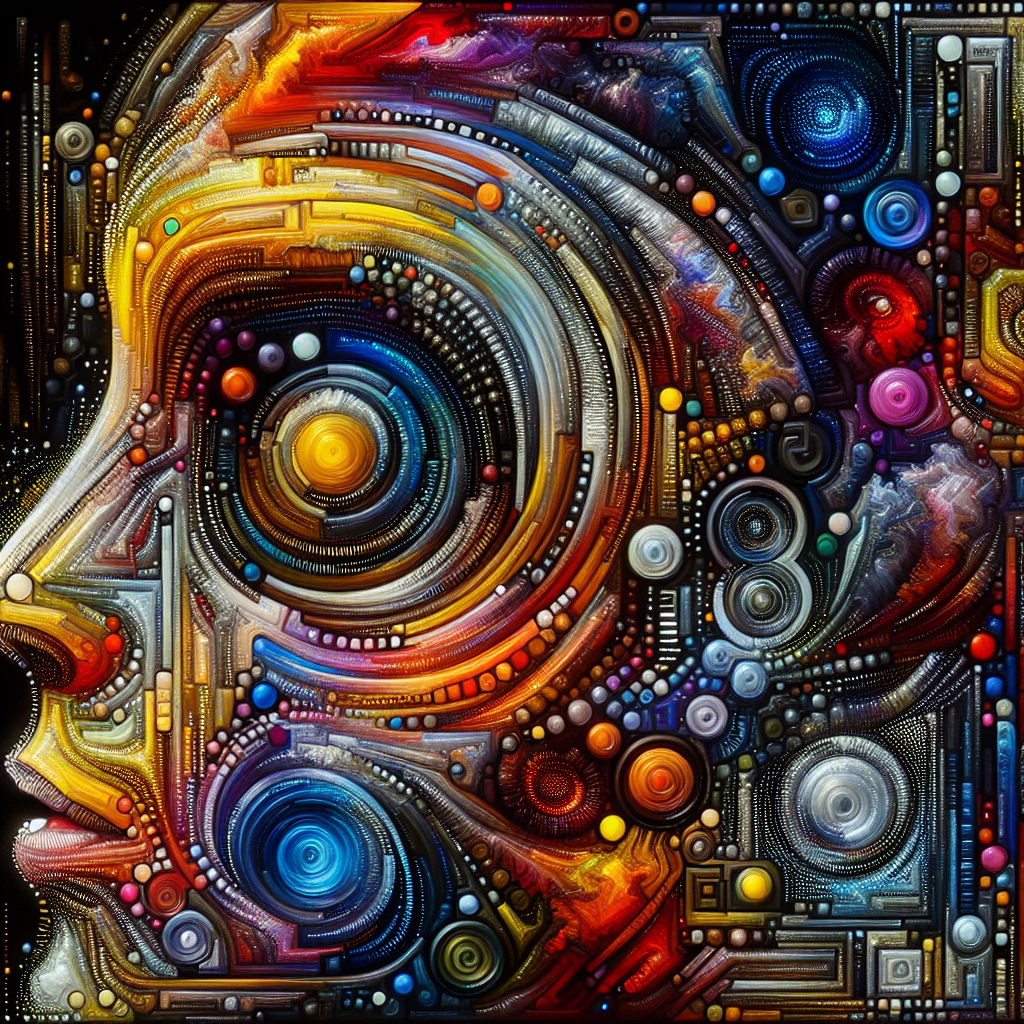Magnific AI Upscaler - Unleashing Detail at Unprecedented Scales
In an era where AI turns the mundane into the extraordinary, Magnific AI has thrown down the gauntlet, shaking the digital art world like a sonic boom. This isn't just another step in machine-learning evolution—it's a quantum leap. Magnific AI's upscaler and enhancer, lovingly dubbed as something that "feels like magic," is transforming pixelated caterpillars into resplendent butterflies of clarity and detail. Buckle up, art connoisseurs and pixel peddlers, we're diving headfirst into an analysis that will unravel the reality behind the hype of AI upscaling's latest juggernaut.
The Magic Wand of Upscaling
The brainchild of Javy Lopez, Magnific AI's upscaler, previously limited to doubling resolutions, is now pushing the envelope further. With the capacity to enhance images up to 16 times their original resolution, the implications are staggering. Picture this: a meager 500x500 pixel image transmuted into a whopping 100-megapixel masterpiece. This isn't your grandma's upscaling—this is full-fledged digital alchemy.
A New Era for Image Resolution
In the labyrinthine digital image landscape, resolution reigns supreme. The increase from a 2x to a 16x upscaling capability means artists and photographers can breathe new life into low-res images, catapulting them into the realm of high-quality prints or digital displays without a loss in detail.
Fidelity or Fancy? The Upscaler's Conundrum
But with great power comes great responsibility—and a few caveats. While Magnific AI's upscaler can inject stunning detail into images, it can also take creative liberties. This means some results might stray from faithful enhancements into the domain of reimagined textures and patterns. It's the balance between upscale quality and authenticity that will be the crux for professionals seeking precision.
Community Reactions and Real-World Examples
The buzz surrounding Magnific AI's new feature is not just hot air. Community reactions have ranged from awe to outright disbelief. Samples showcased on Twitter by Martin Neong and the founder himself, Javy Lopez, have demonstrated the upscaler's might. The results are spellbinding, turning the mundane into hyper-detailed marvels.
AI Upscaling vs. Photography: The Tipping Point
The AI's prowess has stirred conversations about the very nature of photography. Can an AI-generated image, upscaled to match the resolution of photos taken with high-end DSLR cameras, replace traditional photography? While purists may scoff, the evidence suggests that Magnific AI is narrowing the gap, one pixel at a time.
Community Gems and Quirks
From photos to digital renderings, the potential applications have left users in this niche community both stunned and critical. Upscaled images of roses and ancient ruins have floored viewers with their intricacy. However, missteps in detail, such as letters on bricks or the translucence of water droplets, remind us of the upscaler's imperfections.
For more background on the state of AI in image upscaling, visit:
User Testing: The Proof is in the Pixel
Matthew Bell, a keen observer of AI developments, conducted his tests, yielding fascinating insights. His experiments with Dolly 3-generated images exposed both the marvels and the glitches of magnific upscaling. This included an uncanny resolution of feather details on a Scarlet Macaw's image, to the odd appearance of feathers where they shouldn't be.
High Fidelity or Creative Hallucination?
Bell notes that while the upscaler produces breathtaking detail, it often hallucinates elements in the process. These generated details can sometimes be nonsensical or at odds with the original image's context, suggesting a need for careful oversight when seeking precise upscaling results.
Pricing: The Barrier to the Upscale Wonderland
Despite the wizardry it offers, Magnific AI's pricing structure might be its Achilles' heel. With subscription plans that may not cater to the serious hobbyist or independent artist, would-be users could find themselves priced out of the 100-megapixel photo park.
The Cost of Perfection
At the heart of the pricing debate is the question of value. When imperfections in upscaling demand multiple attempts for a single image, the cost can quickly become prohibitive. Will the market bear such high prices, or will Magnific AI need to adjust its sails in the winds of competitive innovation?
The Verdict: Revolutionary, With a Pinch of Salt
Magnific AI's upscaling technology is a monumental stride in the AI art world—an innovation that wields the double-edged sword of outsized potential and the need for further refinement. It's not just about resolution; it's about revolutionizing our visual experiences with a depth of detail previously pinned to the domain of fantasy.
For those raring to test the waters of high-resolution upscaling, proceed with a blend of excitement and caution. The magic is real, but so is the sorcery that sometimes leads to unexpected outcomes. Magnific AI's upscaling technology isn't just transforming images; it's reshaping our understanding of digital potential. The only question that remains: How far are you willing to push the boundaries of your creative canvas?
Related News
- Exploring the Boundaries of Image Upscaling: A Deep Dive into Magnific AI's Capabilities
- Navigating the AI Upscaling Ecosystem: A 2024 Odyssey
- The Evolution and Impact of AI Upscaling Technologies
- The Dawn of a New Era in AI Art: Unleashing Creativity with Stability AI's Game-Changer Upscaler
- Unleashing Photomaker: The Vanguard of AI in Customized Imagery
